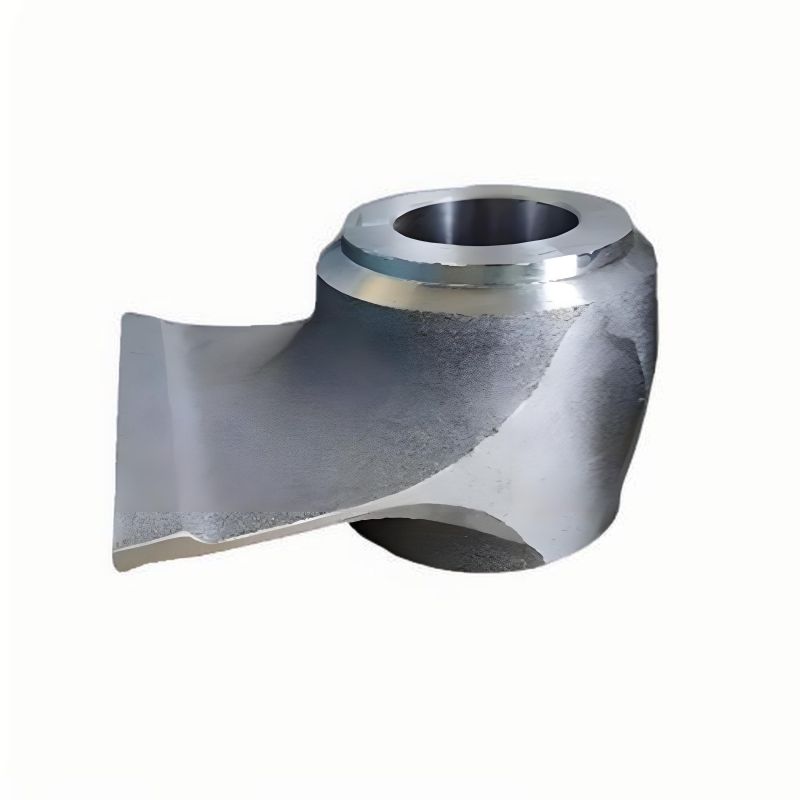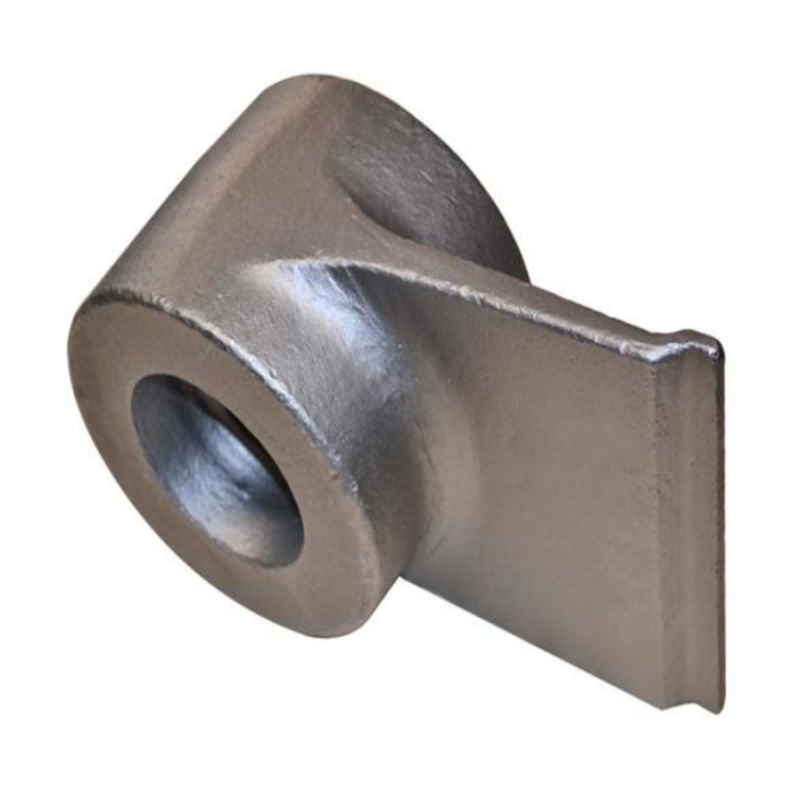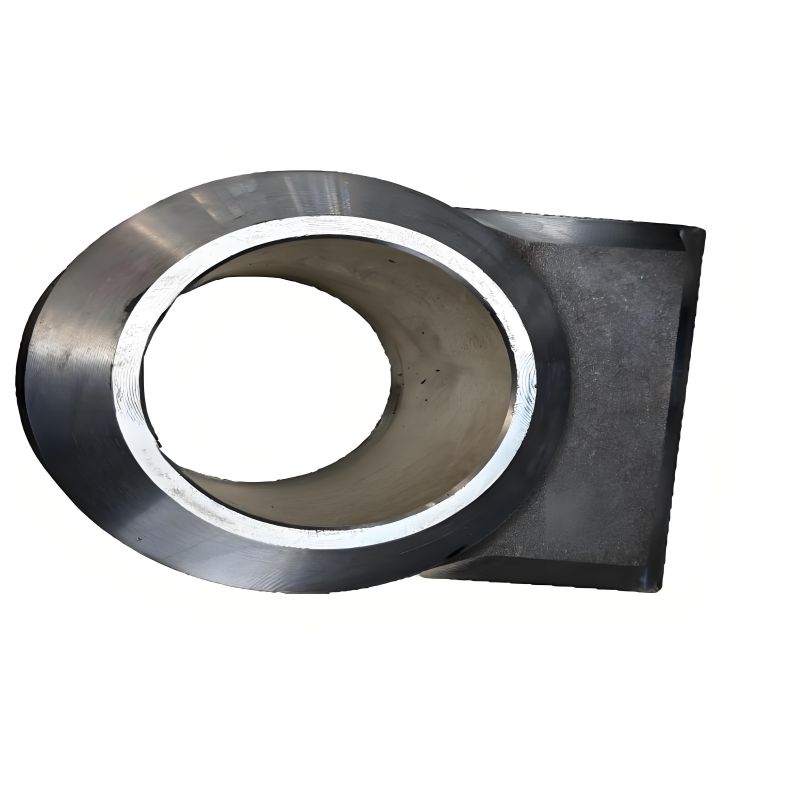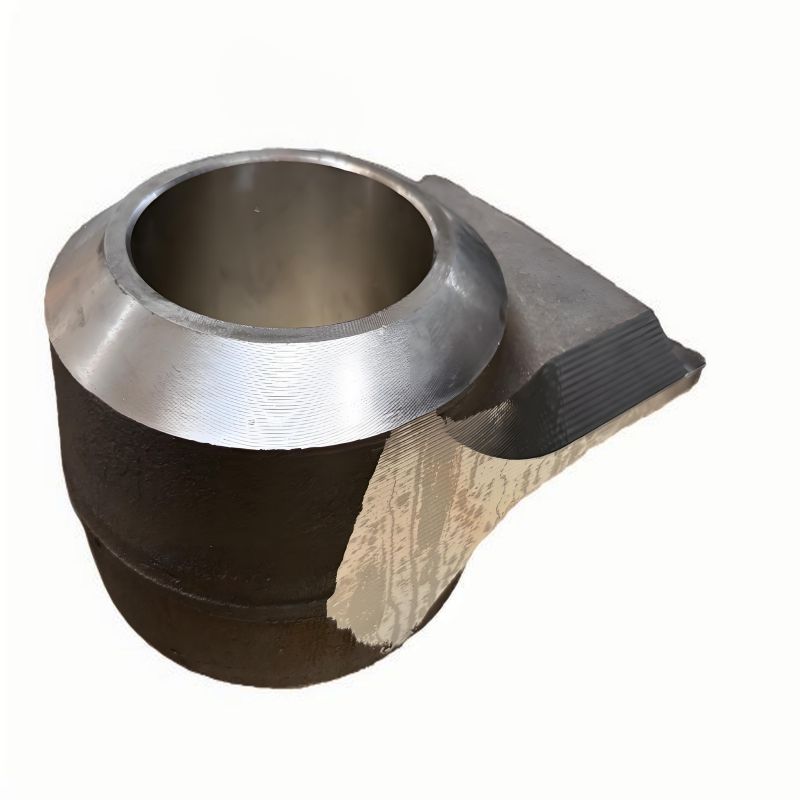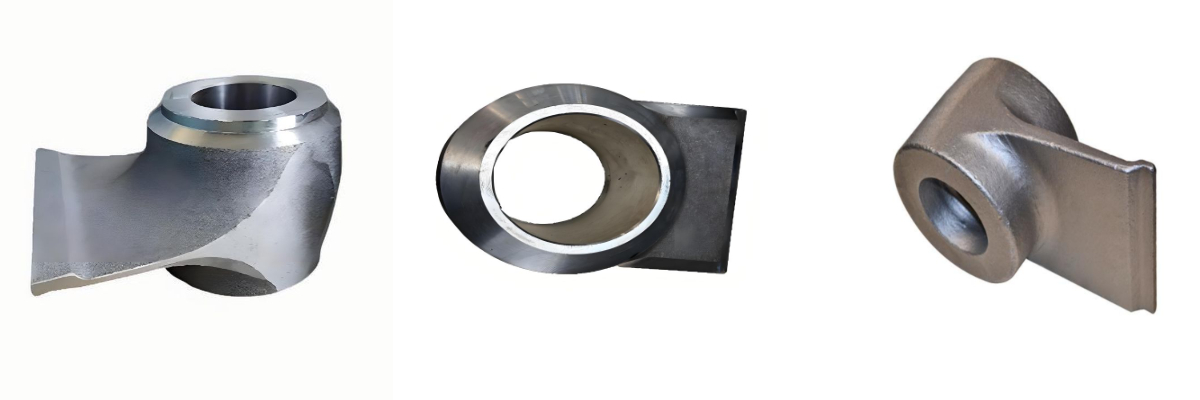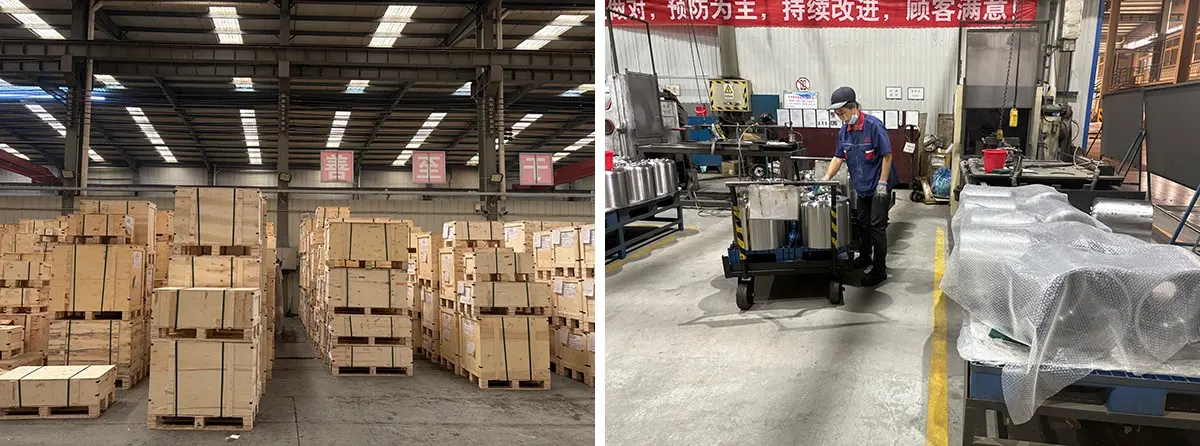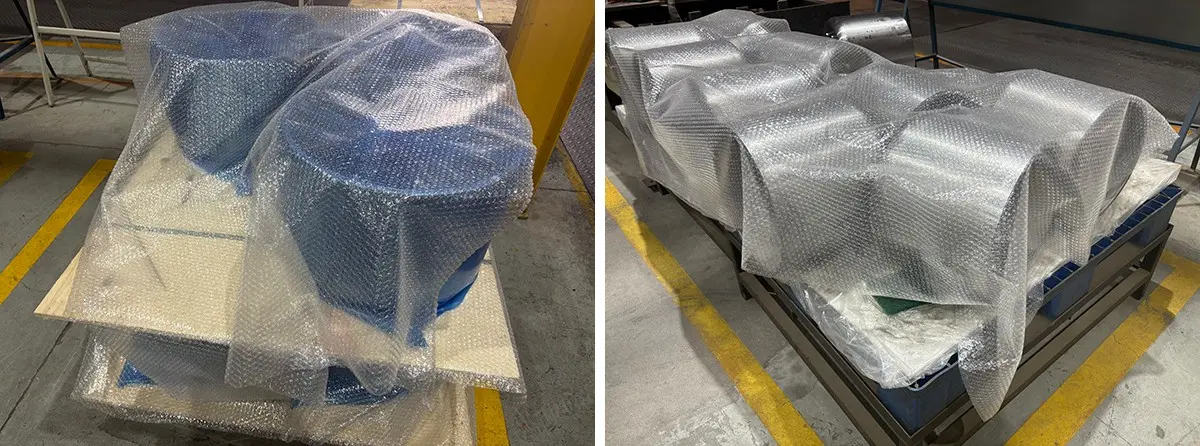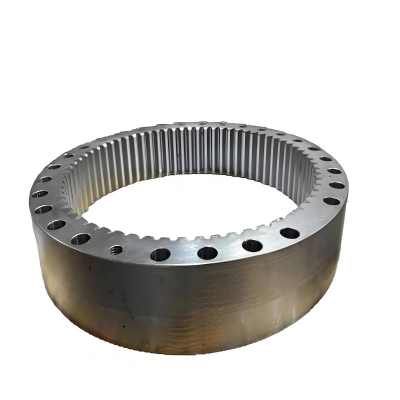Excavator Boom Front Arm Base
1.Material:35#(ASTM:1035 EN:C35E4 DIN:CK35),20MnMo
2.Mold opening cycle:About 45 days
3.Customization: We design and manufacture tailor-made products to your exact technical requirements.
4.Advantages:
Our strict process inspection ensures every product meets defect-free standards.
Streamlined one-stop processing delivers efficiency and cost savings.
From standard to custom, our wide product range solves all your needs.
5.Weight:Material usage and end-product weight will be derived from the Client’s provided drawings.
6.Craft:Forging
7.Size:Execute custom orders with complete compliance to the drawings provided.
Product Introduction:
The front arm base of an excavator's boom—also known as the front axle seat, front bearing seat, or rear support—is the core load-bearing component connecting the boom and the arm. It plays a critical role in load transmission, ensuring operational stability, and enabling flexible movements. Looking ahead, with the widespread adoption of self-sensing lubrication structures and predictive maintenance technologies, the front support seat will evolve further toward an integrated system characterized by "self-adaptation, self-repair, and extended service life." This advancement will solidify its position as a key competitive edge for high-end excavators.
Product Advantages:
The front arm base offers advantages in structural innovation, material technology, safety, and scenario adaptability. As a mechanical hub at the bucket arm's front end, it connects to the boom via a pin, transmitting operational loads (e.g., bucket resistance, vibration torque) to the boom and chassis. It also acts as the bucket arm's rotation axis, controlling excavation depth and angle precision. Its core strengths lie in high reliability: anti-offset load design and precision forging prevent cracking. Features like integrated structure, reinforced anti-offset load design, symmetric support, stiffened plates, adjustability, and anti-diversion positioning enhance this reliability.Intelligent functions include adjustable length/angle for multi-scenario adaptation and embedded sensors for predictive maintenance. Full lifecycle cost optimization is achieved via modular wear parts and self-lubrication, cutting maintenance costs by 40%.
Production Process:
Raw Material Inspection → Cutting → Forging → Heat Treatment/Tempering → Shot Blasting → Rough Machining → Ultrasonic Testing (UT) → Final Inspection → Cleaning Packaging
Our team will follow a systematic process to ensure product quality before shipment:
At first, we will thoroughly clean all merchandise, affix labels, and apply rust-proofing treatments; then, we will conduct a meticulous inspection to verify their condition; finally, we will properly pack the products and store them in our warehouse, ensuring they are fully prepared for dispatch.
Company Strength:
Over three decades of dynamic growth, the company has expanded robustly into both domestic and global markets. Its products serve key sectors including construction machinery, wind power, new energy vehicles, rail transit, petrochemicals, and mining equipment. It maintains in-depth partnerships with leading global firms across the U.S., Canada, Germany, Italy, Belgium, Japan, etc., with overseas sales exceeding 50% of total revenue. Domestically, it holds strategic collaborations with top-tier manufacturers like Zoomlion, XCMG, Sany, Lingsheng, CRRC, Nanjing Gear, and Zhuzhou Gear. Notably, its planetary reducer core forgings and medium-to-large hook assemblies lead the domestic market in share.

